Article Analysis: Culture Confusion and Travel Motivation in Tourism
VerifiedAdded on 2022/09/13
|13
|715
|19
Report
AI Summary
This report analyzes two articles relevant to the tourism industry: "Culture Confusion Intercultural Adaptation in Tourism" by Petri Hottola and "Developing the travel career approach to tourist motivation" by Pearce and Lee. The first article discusses the challenges of cultural shock faced by tourists and employees, referencing the dynamic model of culture confusion and highlighting issues in India and Sri Lanka. The second article examines the travel career ladder approach, exploring how tourist motivation is influenced by relaxation, relationships, security, self-esteem, and self-actualization needs. The analysis includes methodologies such as interviews, surveys, and statistical methods to evaluate the scope and growth of empirical studies within the tourism sector. The report concludes by highlighting the significance of both articles in understanding cultural impacts and motivation within the tourism industry.
1 out of 13

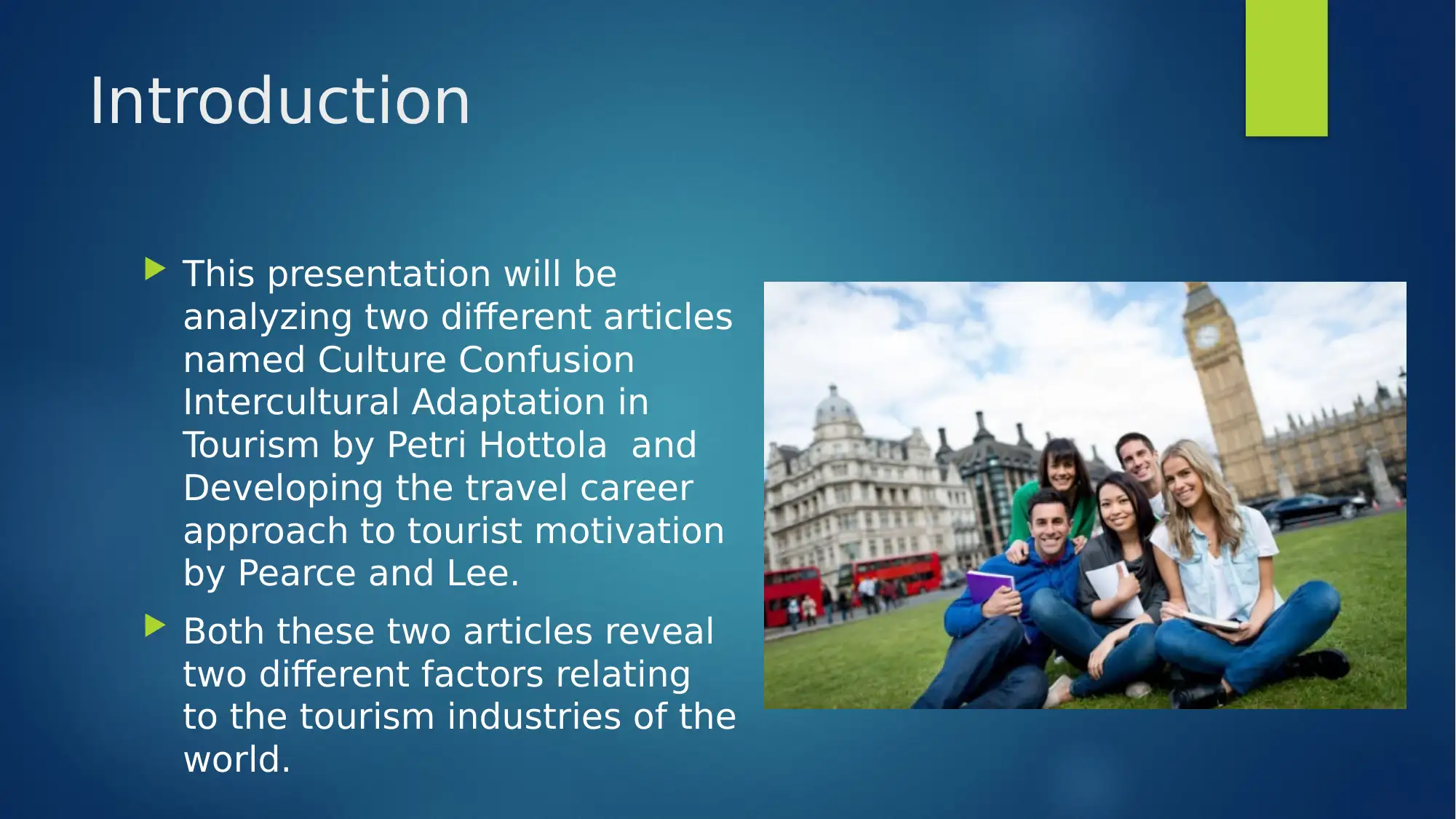
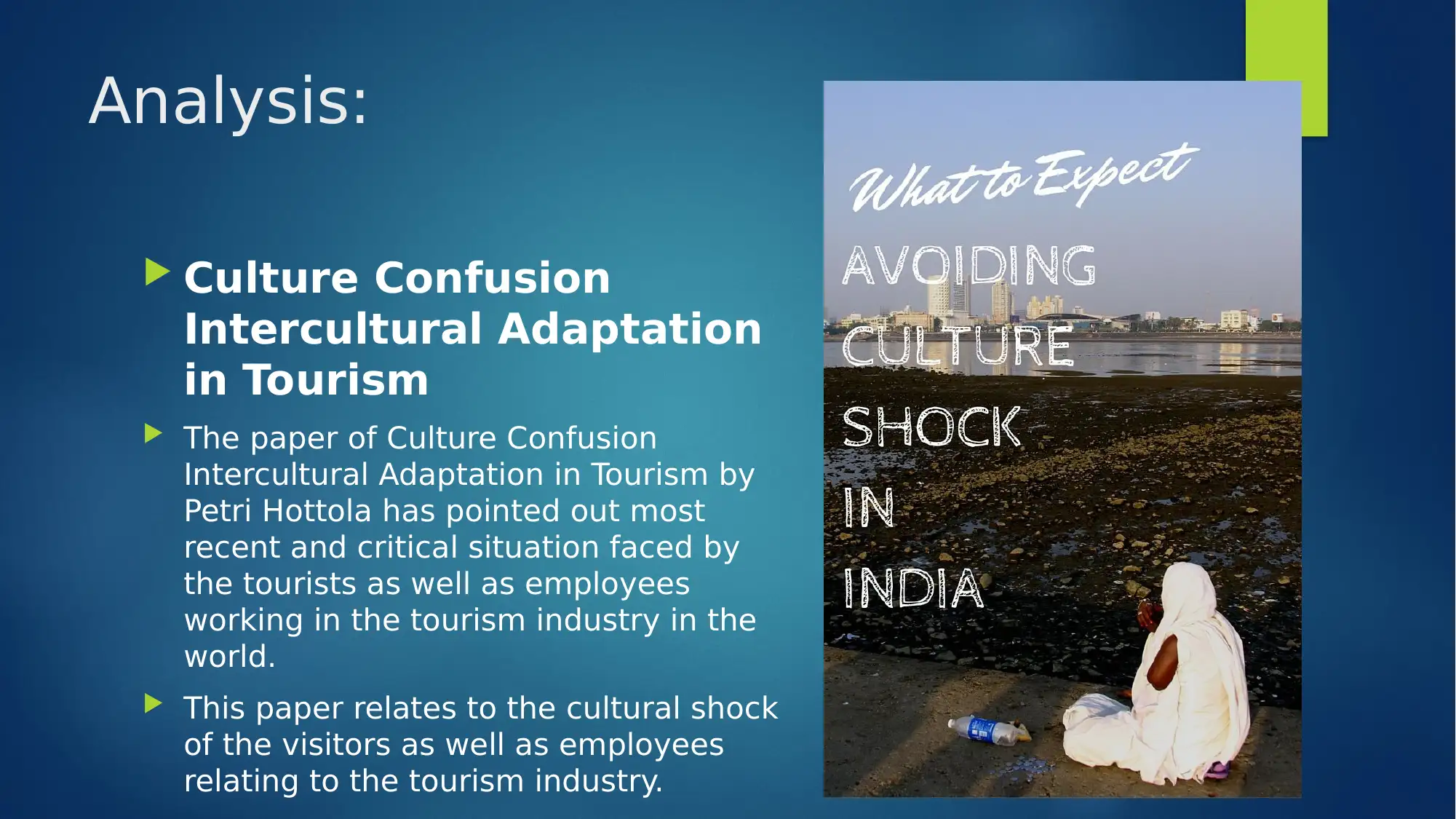

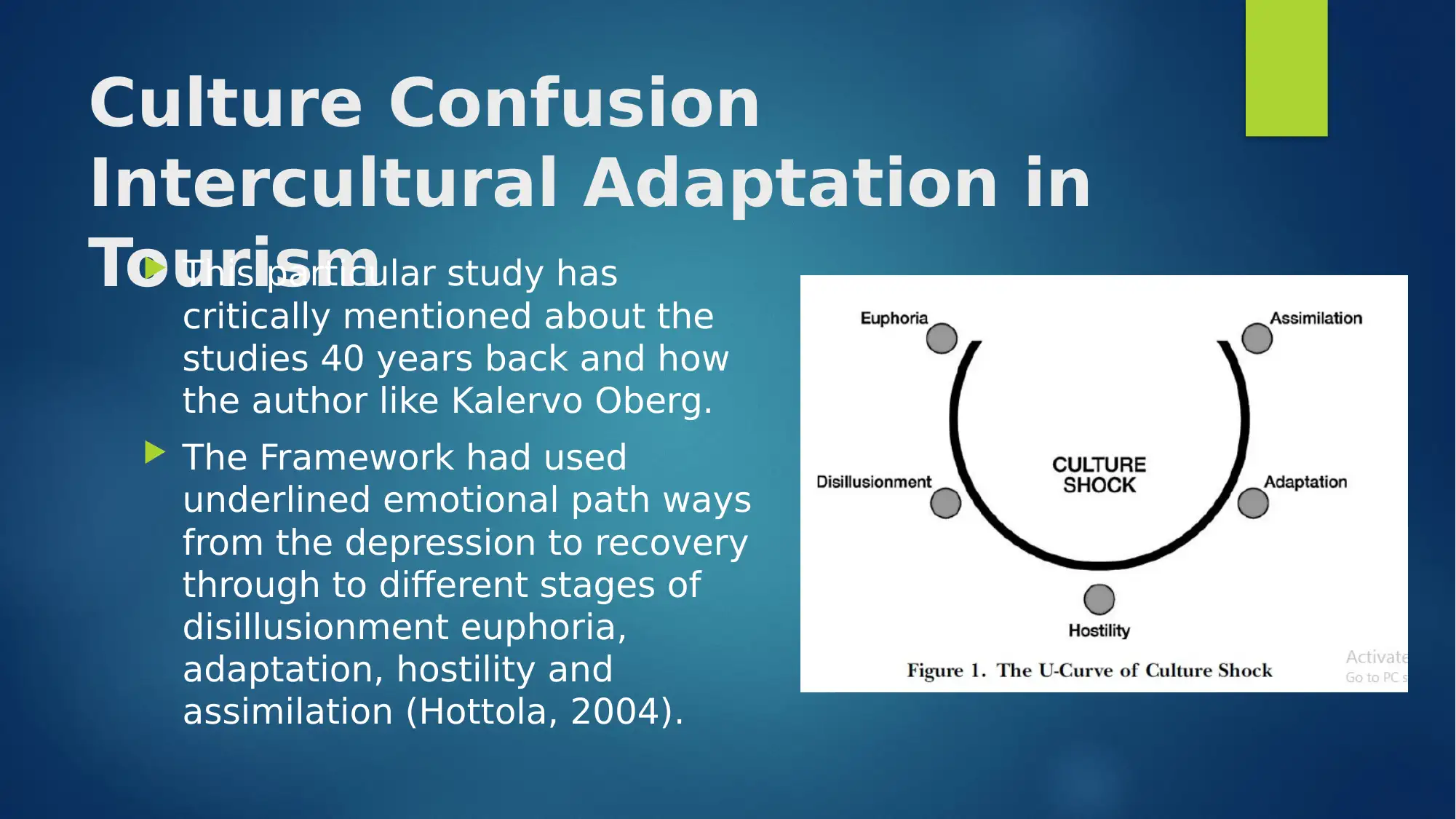
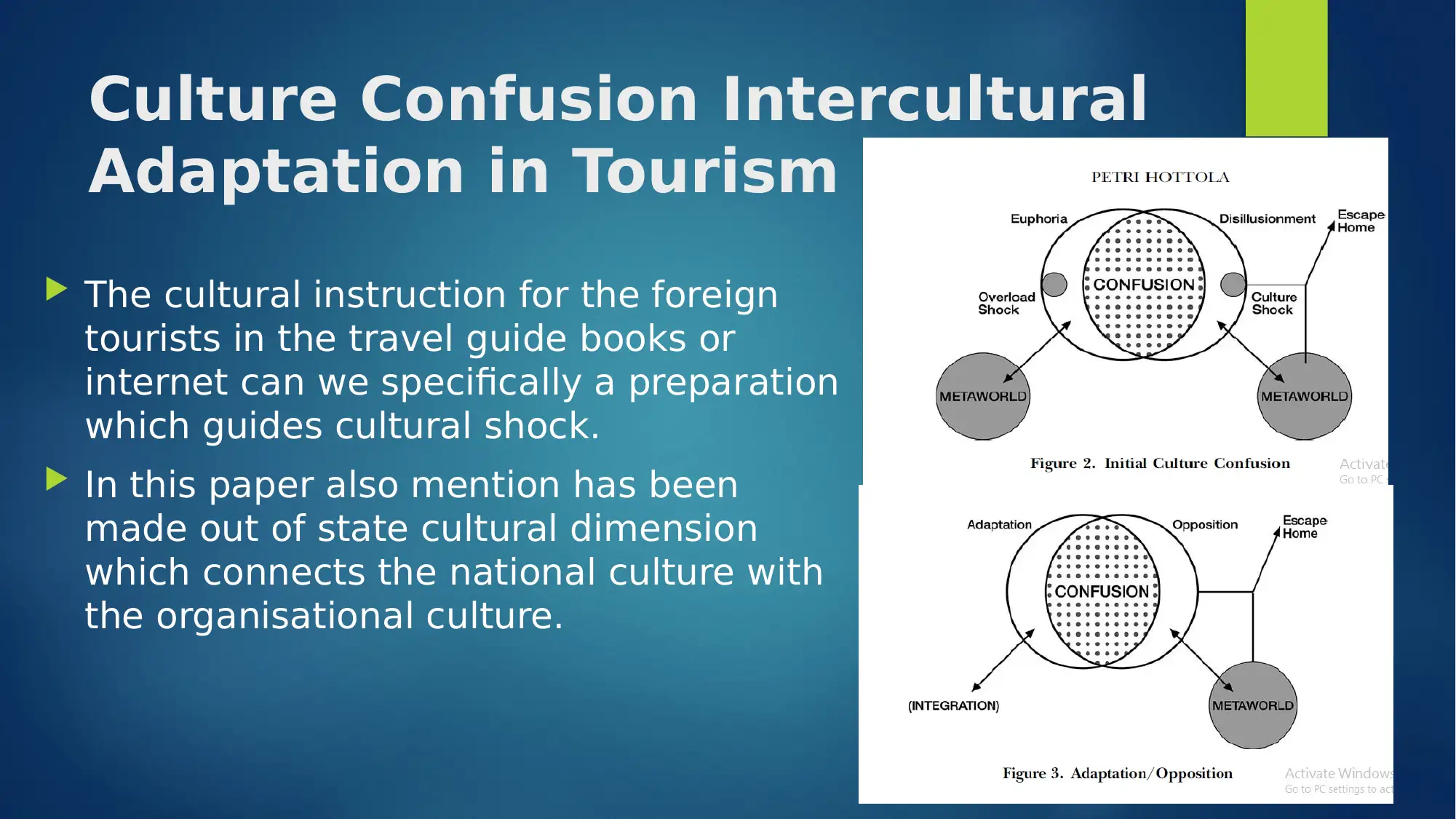
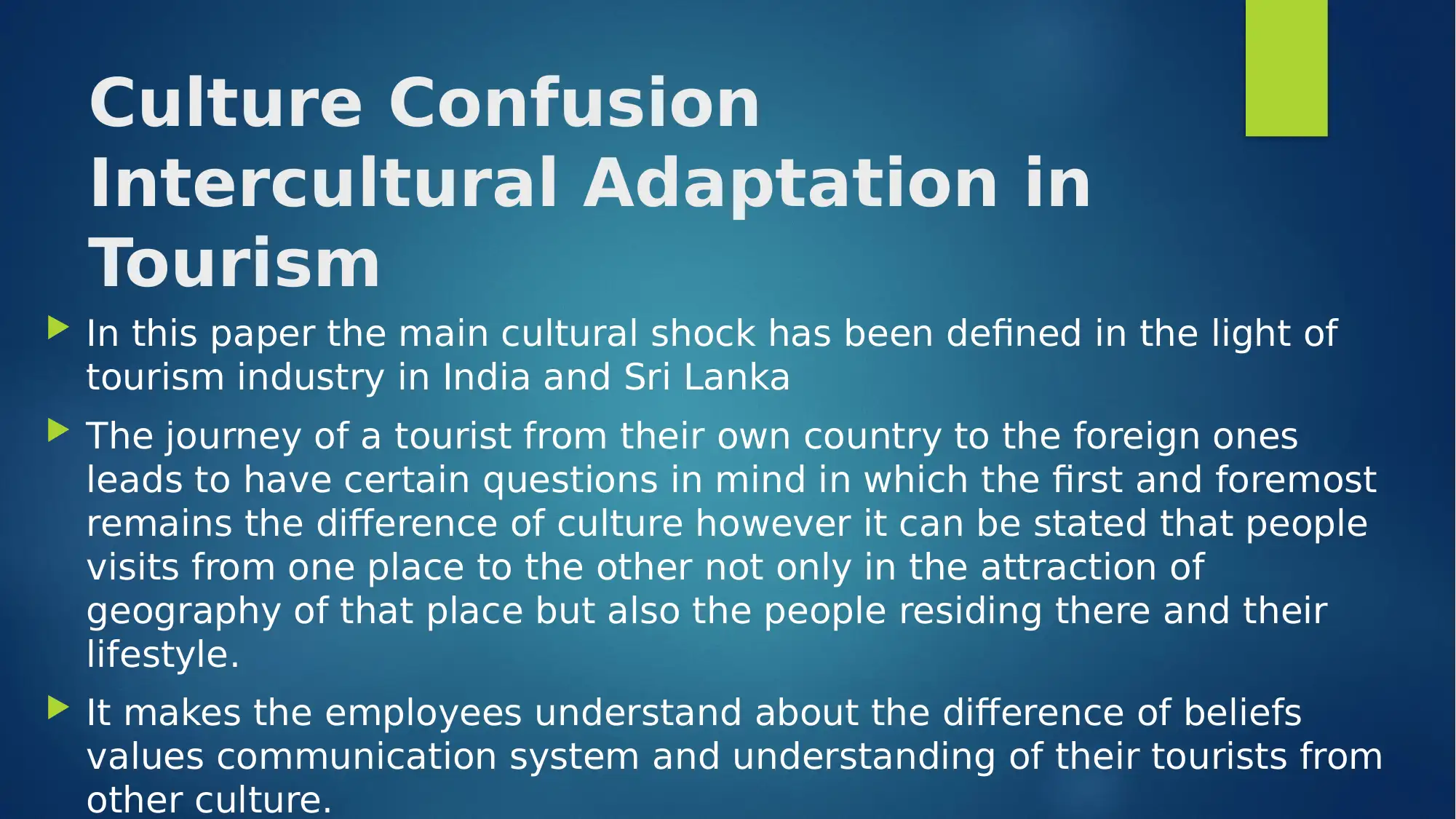
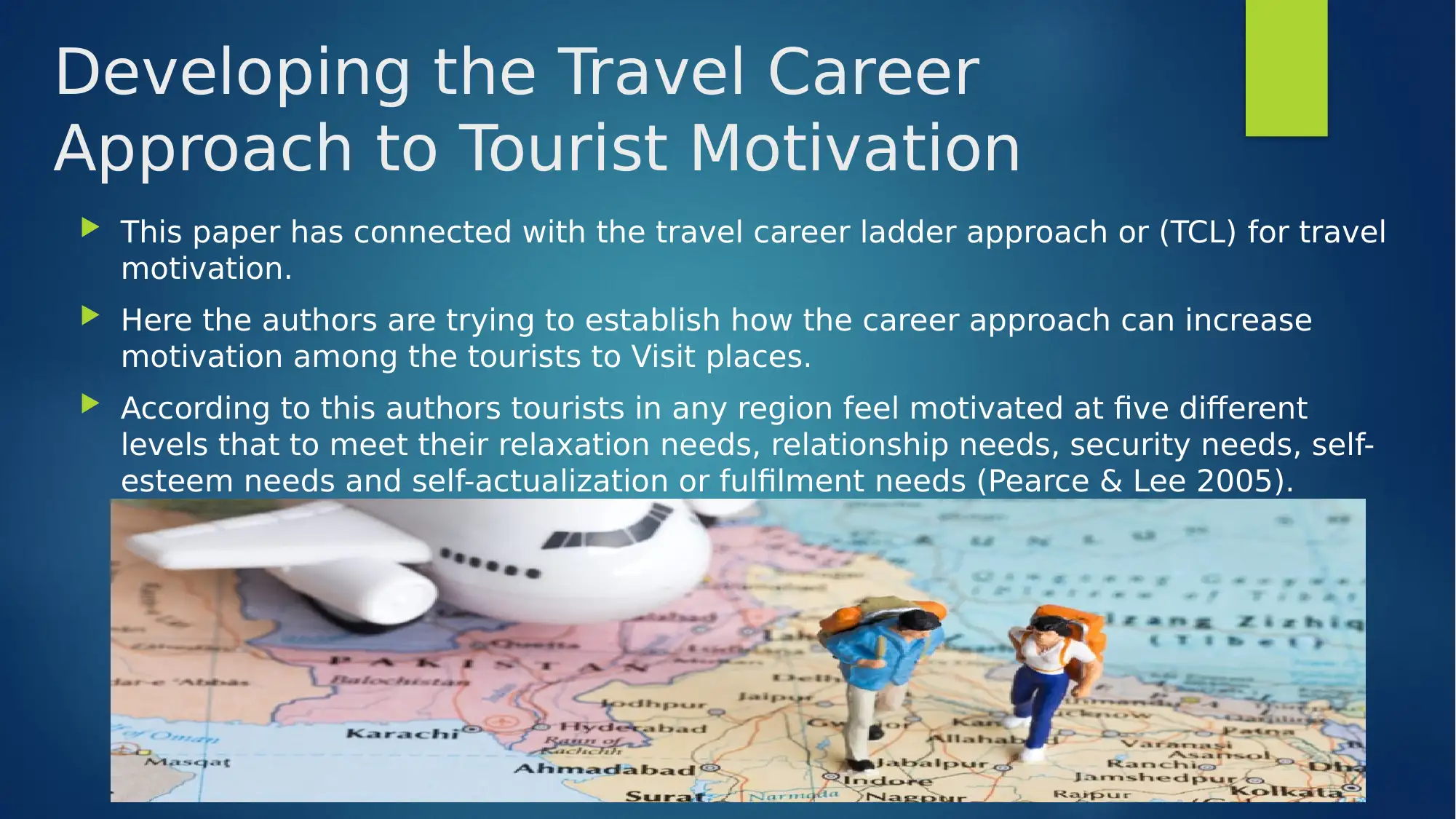
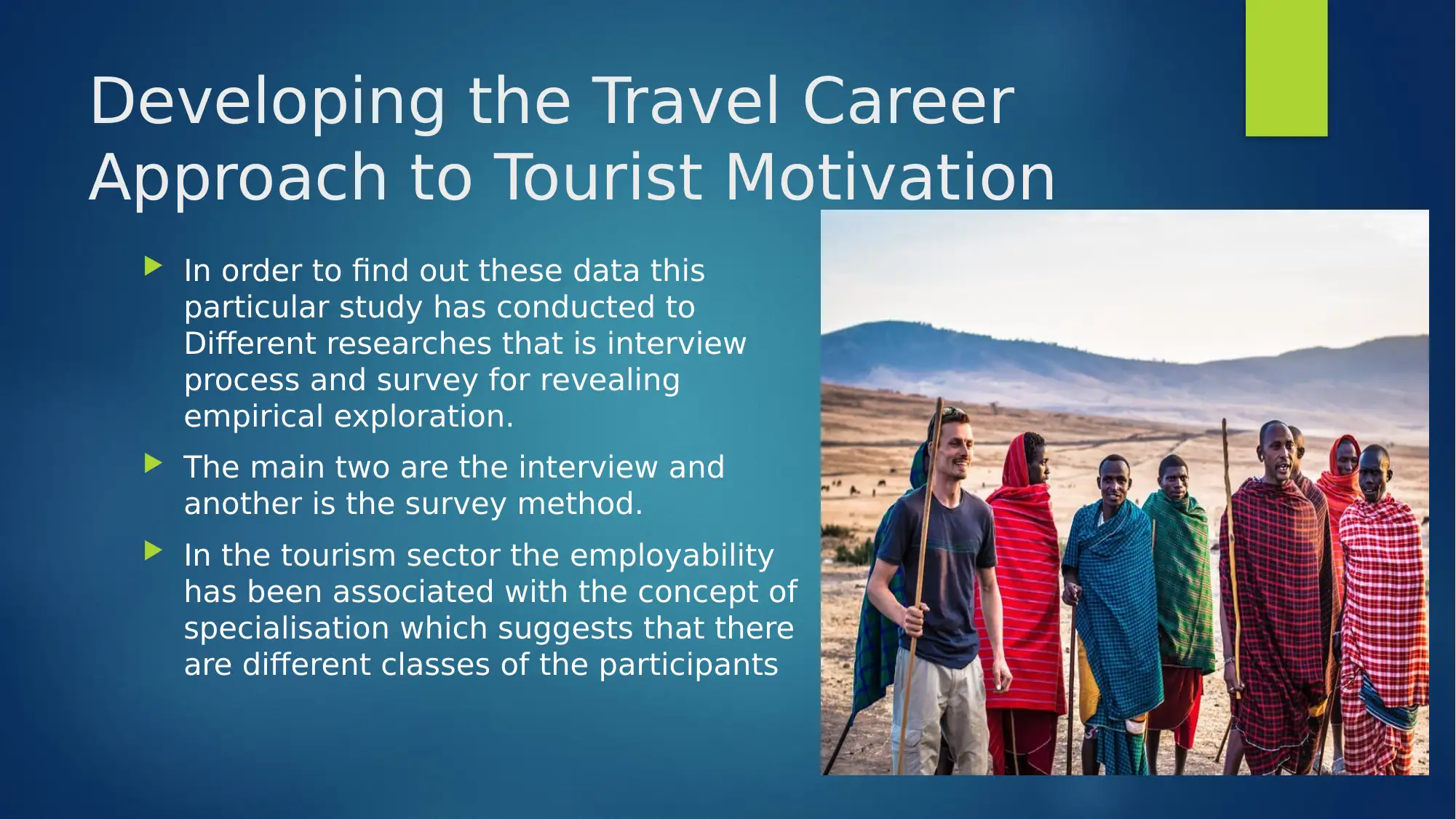
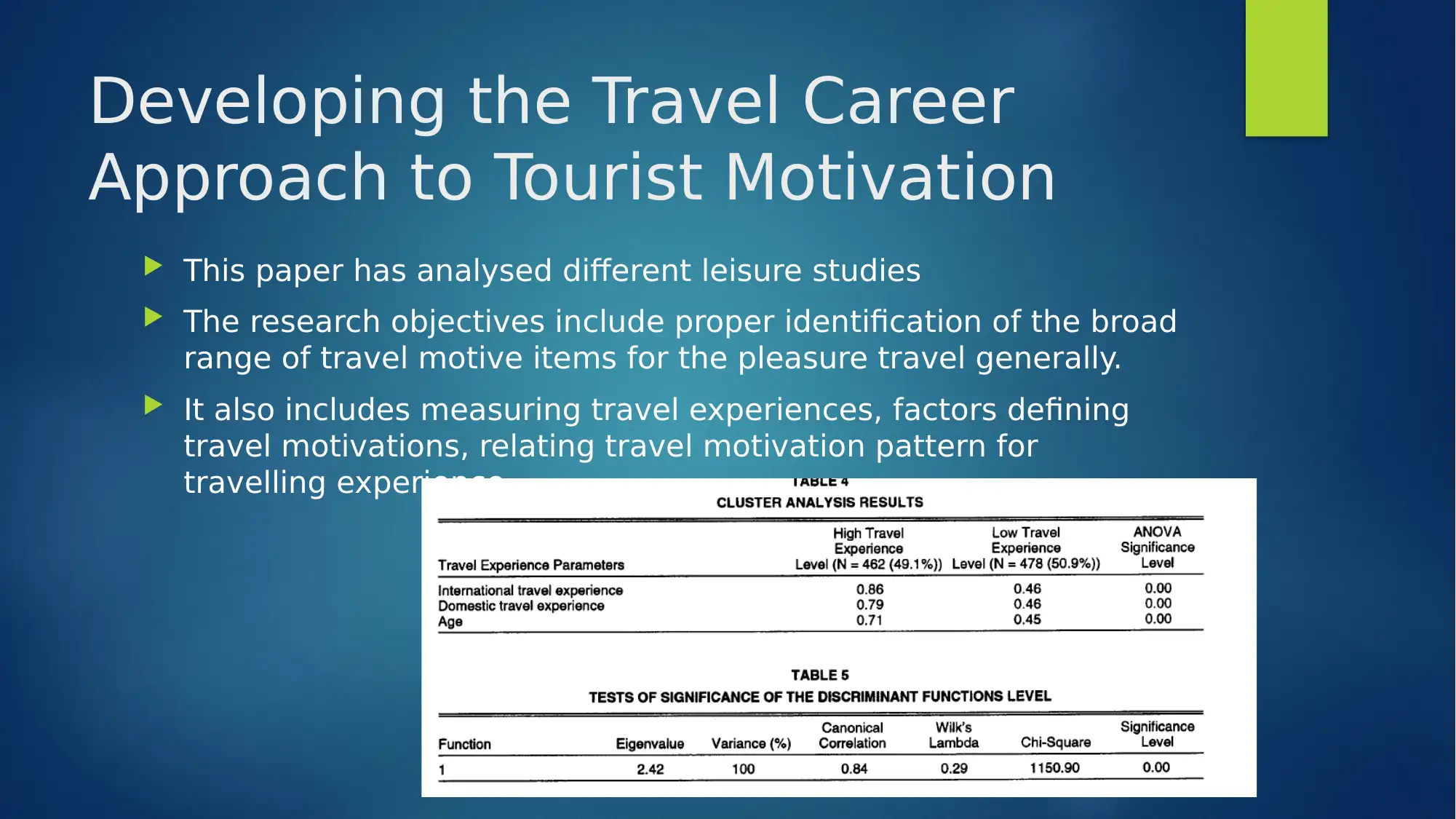
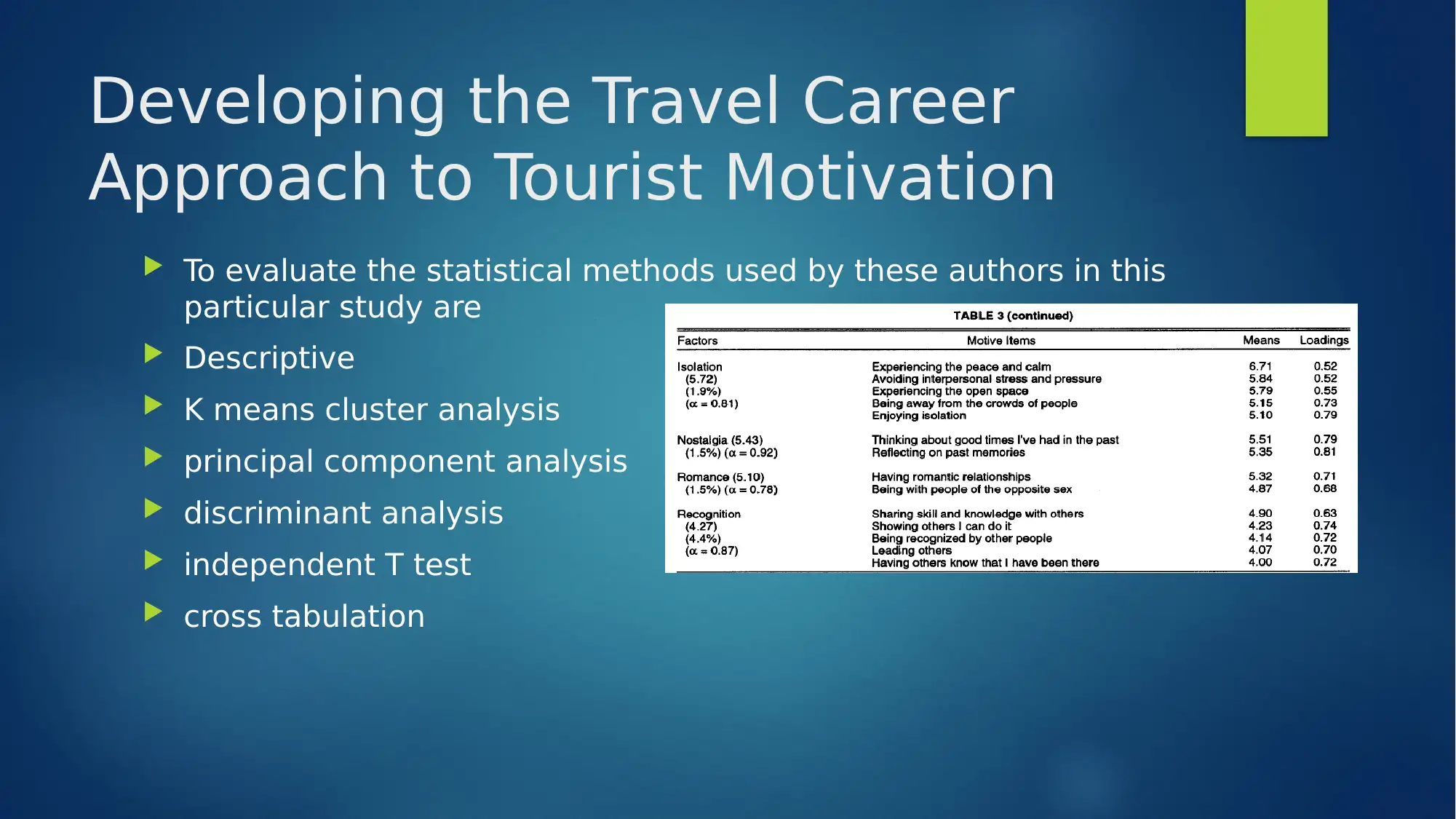
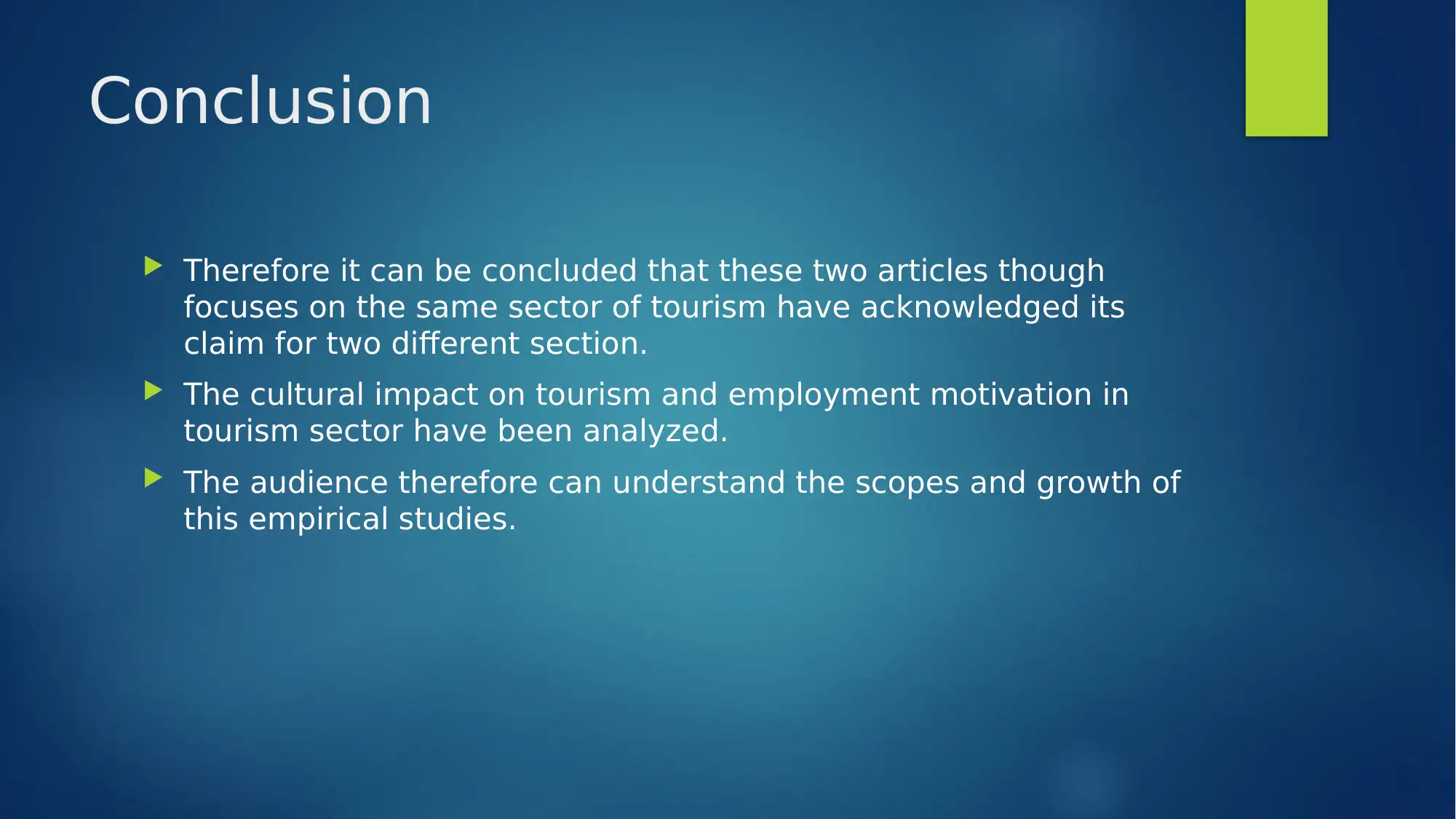
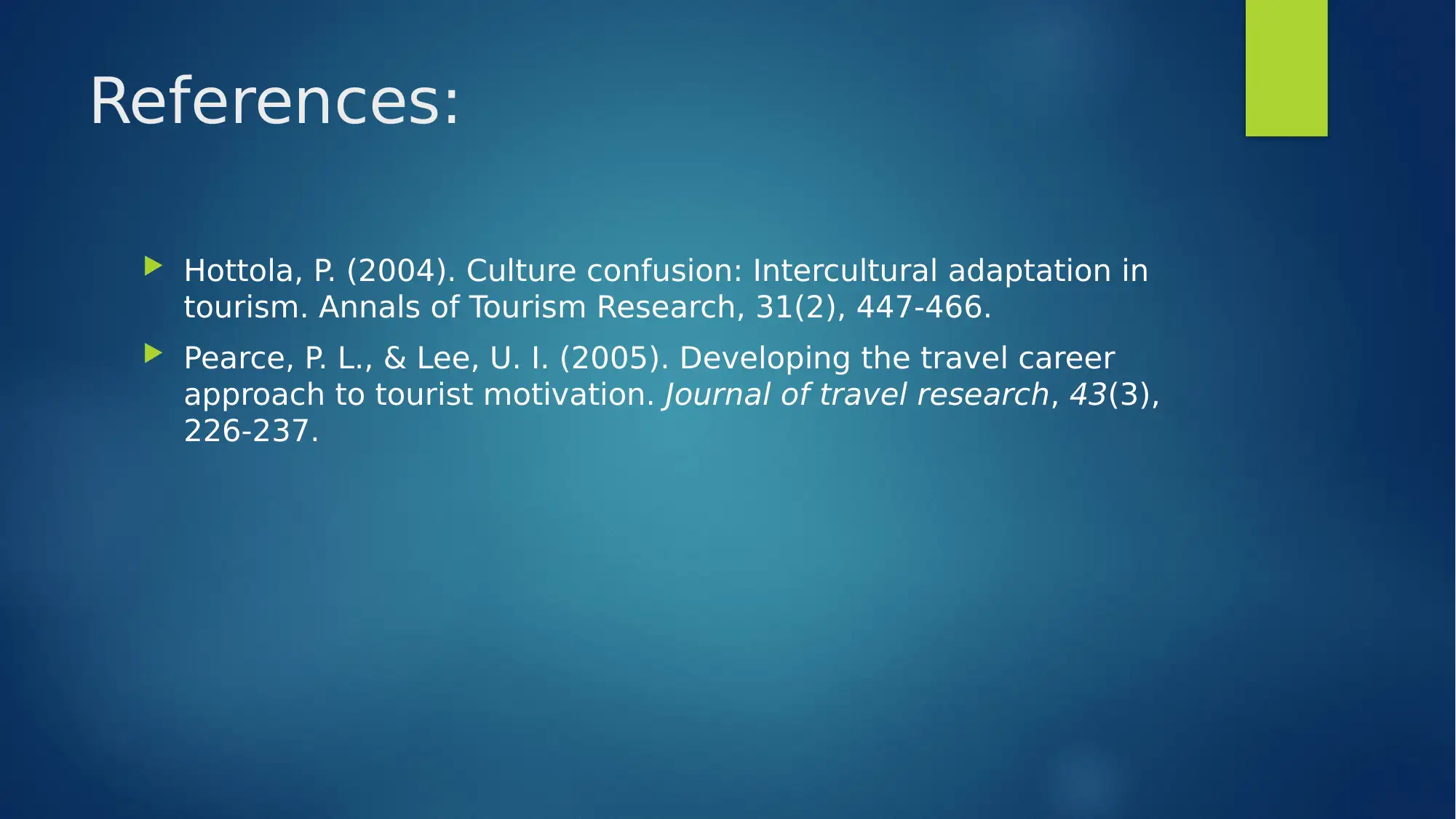






![[object Object]](/_next/static/media/star-bottom.7253800d.svg)